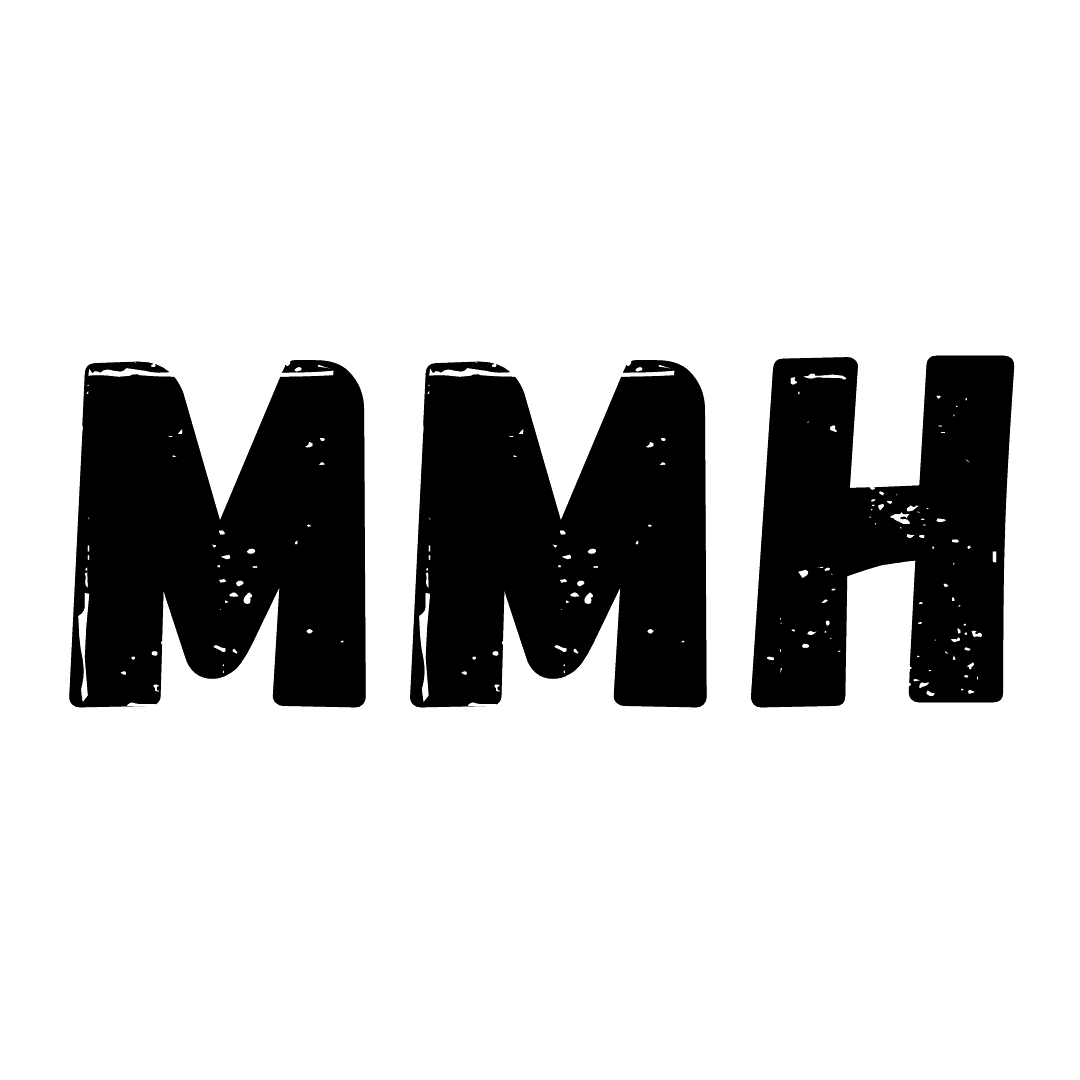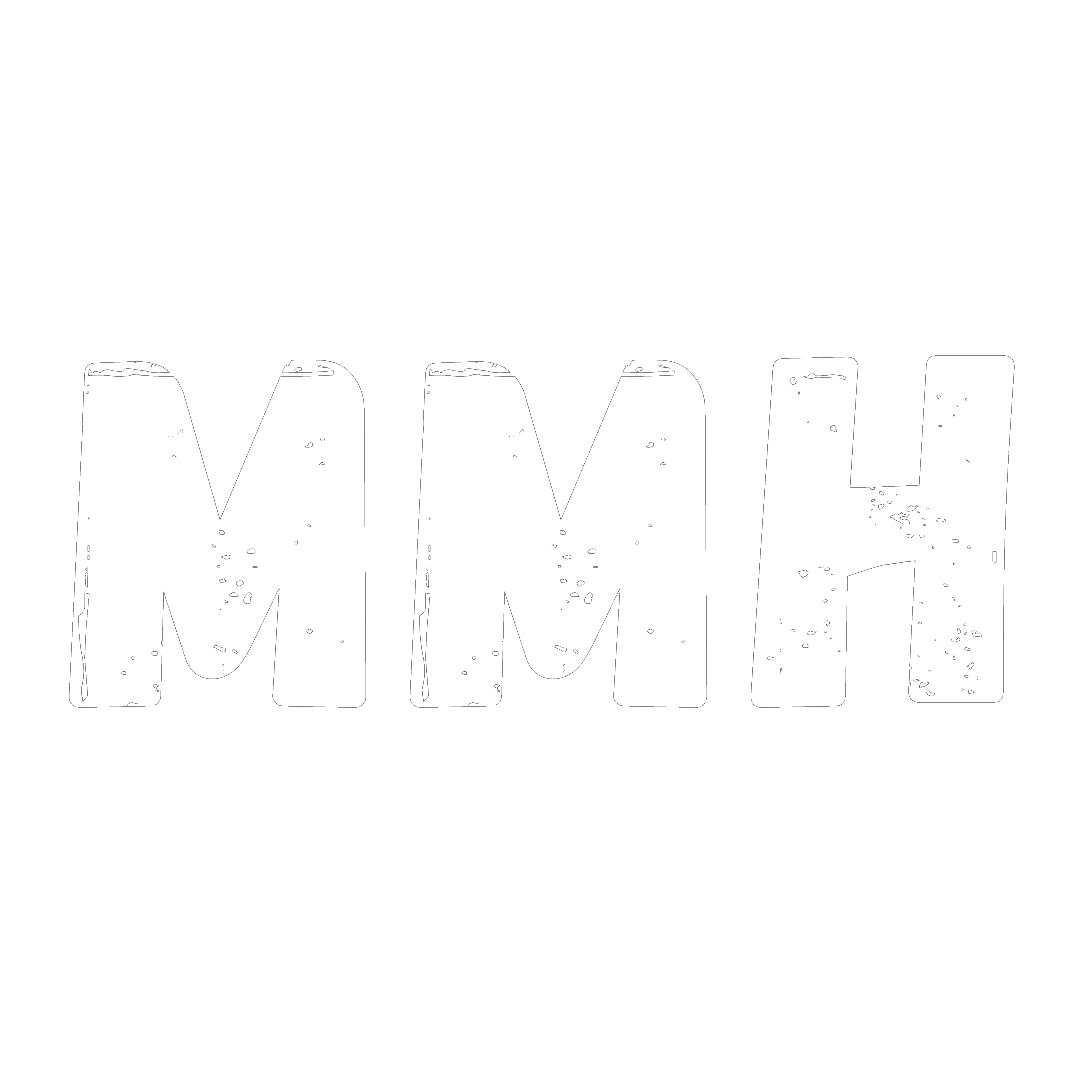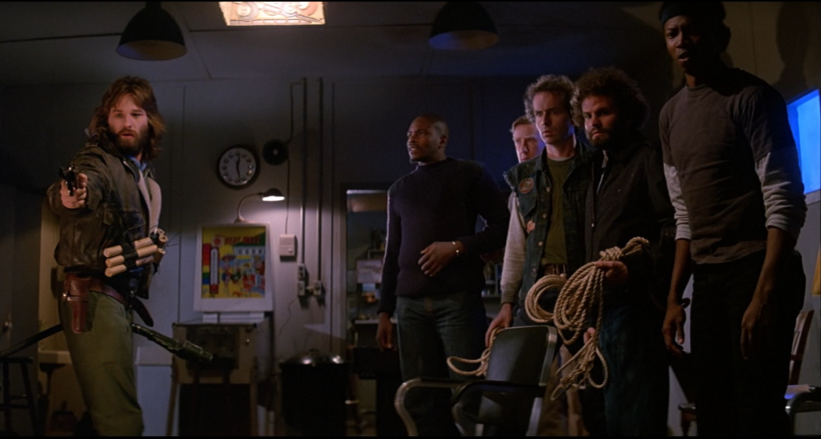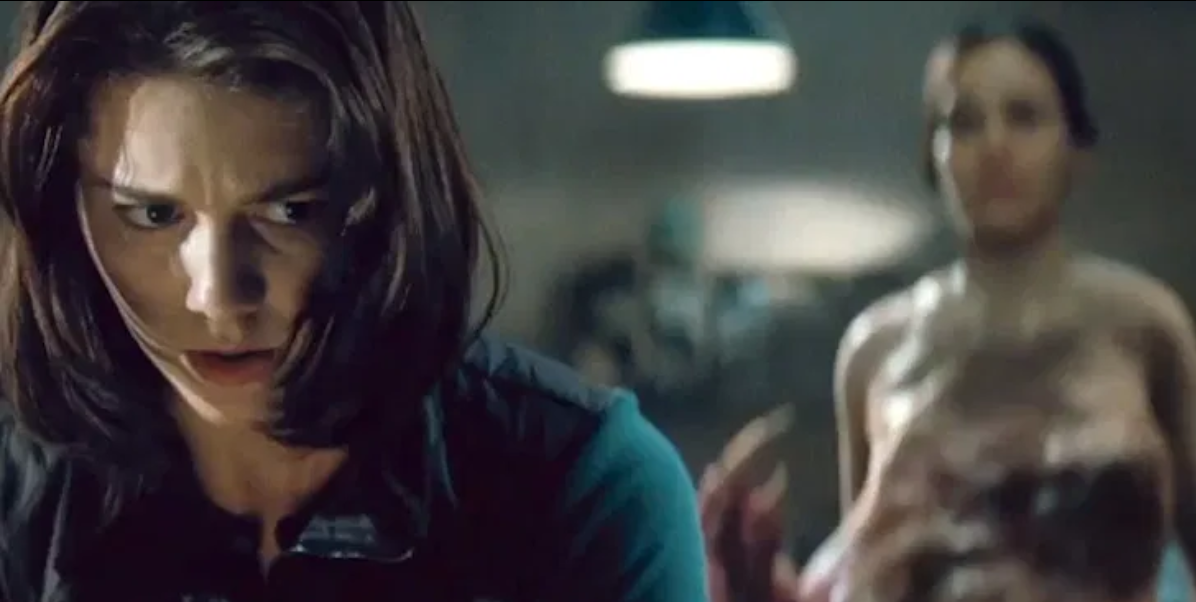John Carpenter’s The Thing is a sci-fi horror set at an Arctic research outpost. A group of twelve men slowly dwindles one after the next, as one researcher may have been replaced by a carnivorous, shape-shifting impostor. Suspicion grows alongside the likelihood this creature could be imitating any one of them. The team, led by MacReady (Kurt Russell), attempts to hunt this creature, unsure if it lingers among them, leaving no one to trust.
It is no mistake these men become increasingly disconnected from the ‘real world.’ Firstly, of all the geographical settings for the film, Carpenter chooses, Antarctica. This is important, not only to illustrate the isolation but to let the audience know there is nowhere to run. One of the men on base, Dr. Blair (Wilford Brimley) in efforts to make sure the creature never reaches modern civilization, destroys all communications systems with an ax.
The thing—or extraterrestrial creature, for the sake of not overusing the film title—can genetically and physically imitate its prey. This creature then takes their place, as a mere copy of an individual and patiently waits to strike its next victim.
In the 80s, thanks to innovative new technologies, computer graphics, and expert makeup artists, science-fiction films became increasingly polarizing as they started to look distressingly realistic. Visible wires, strings, and non-lifelike costumes began to disappear with the advancement of graphic imaging and design tools. The once laughable costumes in sci-fi staples of the past, like This Island Earth, only helped John Carpenter to feel like a visionary new presence in cinema.
Although The Thing is groundbreaking in terms of story structure, costume, and makeup design, it still represents the slow evolution of representation in film. It was only three years before this that a woman was cast as a protagonist in an action feature for the first time. This film lacks any female presence whatsoever, creating a hyper-masculine feud over the ‘alpha’ status to lead these men.
Yes, there are no women in the film which is problematic in itself, but equally troubling is this horror film has only two men of color still standing in the last scene. If you’re a horror buff, you know minorities typically die first. It is a tragically skewed trope, which distastefully represents people of color and other marginalized groups.
Perhaps, it was a directorial move on Carpenter’s end, but it’s safe to assume the lack of femininity in the original could be attributed to the misogynistic Hollywood culture at the time. The ever-growing isolation and disconnection the men endure creatively demonstrate Carpenter’s affliction with technology. In one of the first scenes, MacReady (Kurt Russell) plays a game of chess against the ‘Chess Wizard’ computer and is checkmated. He pours his whiskey into the circuitry and fries the machine.
The 2011 prequel film features multiple women including a female protagonist (Mary Elizabeth Winstead). It explores the notion of chicken or the egg, in this case, alien or dog. The Norwegian outpost base, which the dog had been running from in the beginning of Carpenter’s film, is exactly where this 2011 version starts. It follows a crew that uncovers not only an extraterrestrial but something much bigger, literally. Although, the CGI added another layer of believability like Carpenter had once done in ’82 but ultimately lacked the eerie sense of abandonment and hopelessness. In the end of this 2011 version, Winstead is sitting inside a snowcat with a full tank of gas. Kurt Russell and Keith David end the film by laying in a dilapidated, frozen pile of trailer remanence.
Carpenter could’ve chosen an actual chessboard or Jenga, or any other game for that matter. But, intentionally picks the game most often connected with wargame tactics. The film emphasizes paranoia and distrust, which echoes Cold War era hysteria. An alien who imitates and assumes the place of an ordinary person can also be interpreted as a ‘sleeper’ agent. Carpenter subtly plays with political commentary, conveying the horrors of mania, isolation, and fear of infiltration.












Excellent review- refreshing lens on a horror favorite. I will view this again with new eyes.
Thank you TC